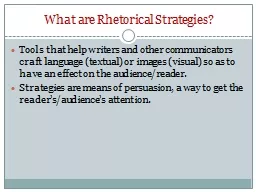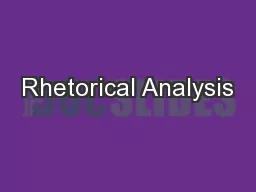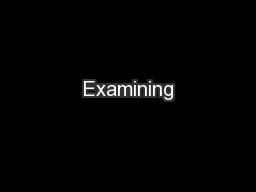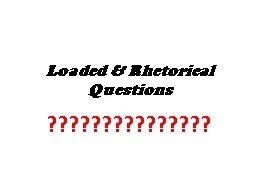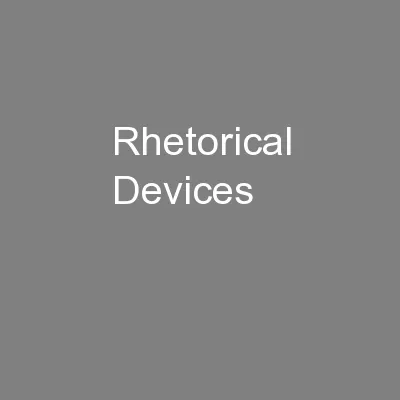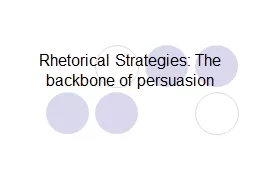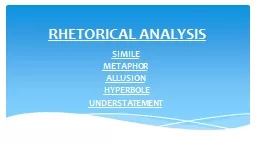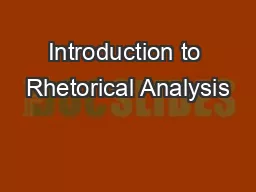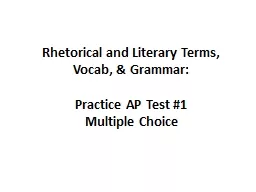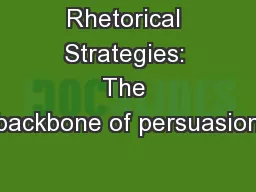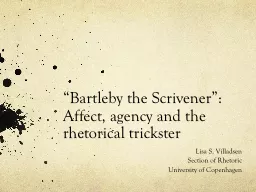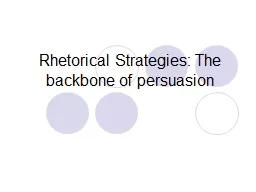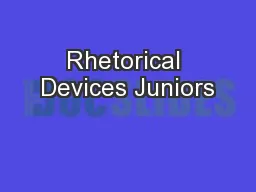PPT-Unit 3: Examining Rhetorical Strategies in Depth
Author : pamella-moone | Published Date : 2017-09-29
Thursday 1022 Thursday 1022 Place your final copy of Essay 2 on the front table with Works Cited Page and Peer Review Worksheet attached use the stapler at the front
Presentation Embed Code
Download Presentation
Download Presentation The PPT/PDF document "Unit 3: Examining Rhetorical Strategies ..." is the property of its rightful owner. Permission is granted to download and print the materials on this website for personal, non-commercial use only, and to display it on your personal computer provided you do not modify the materials and that you retain all copyright notices contained in the materials. By downloading content from our website, you accept the terms of this agreement.
Unit 3: Examining Rhetorical Strategies in Depth: Transcript
Download Rules Of Document
"Unit 3: Examining Rhetorical Strategies in Depth"The content belongs to its owner. You may download and print it for personal use, without modification, and keep all copyright notices. By downloading, you agree to these terms.
Related Documents

